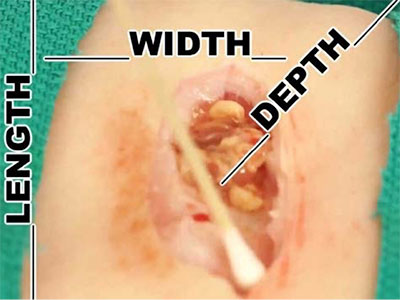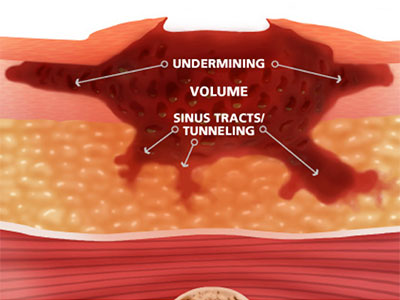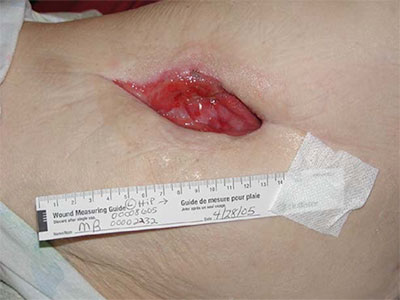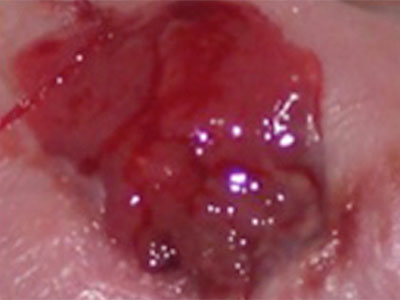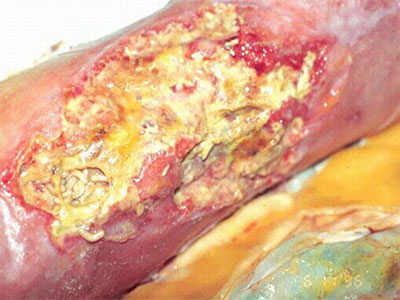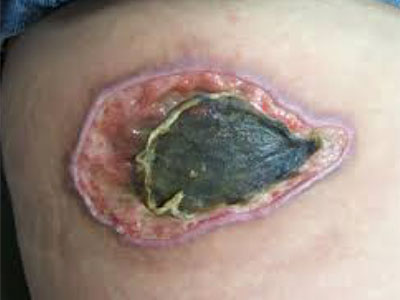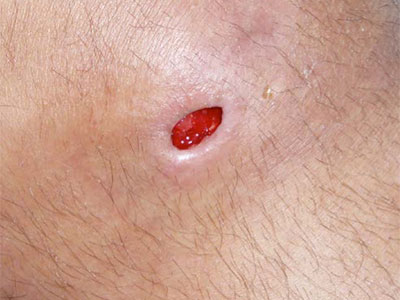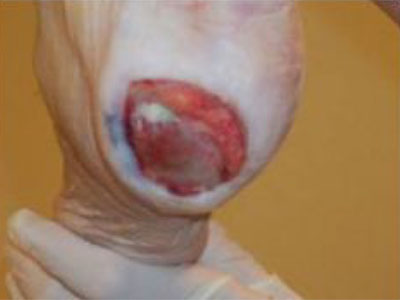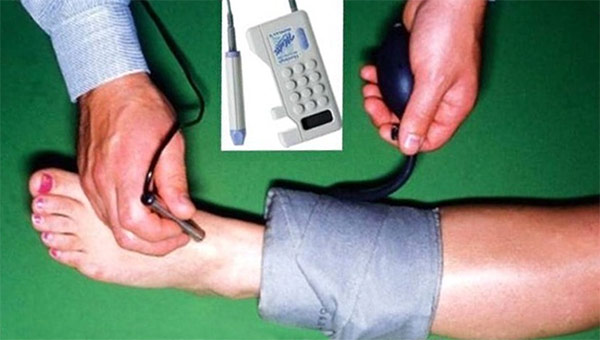Evidence-based Imaging for Low Back Pain
December 11th, 2017 | Archiveby Bob Molinari, MD
At the AHP October Clinical Grand Rounds my talk was entitled “Evidence-based Imaging for Low Back Pain”. In it I highlighted the very high incidence of abnormal MRI findings in totally asymptomatic patients. For example, during the early 1990’s, we knew that approximately 20% of middle-aged subjects, and 60% of those over age 60, had herniated disc findings on MRI which were totally asymptomatic. The numbers for asymptomatic degenerative discs were even higher: 35% in subjects over age 20 and 80% in those over age 60. The AHP Back Pain Surgery and Radiology Subcommittee has created an epidemiological statement of common MRI abnormalities in asymptomatic subjects based on recent data published in the American Journal of Neuroradiology. This statement will serve as an excellent counseling tool for patients undergoing MRI for back pain.
The talk also discussed the Joint Clinical Practice Guidelines from the American College of Physicians and the American Pain Society. The guidelines recommend performing a detailed history and physical examination on all patients with back pain complaints. Back pain patients should be classified into one of three categories:
1. Nonspecific low back pain;
2. Back pain associated with radiculopathy or spinal stenosis;
3. Back pain associated with another specific spinal cause (red flag) or a severe significant neurologic deficit.
Published national guidelines clearly discourage the routine use of MRI for patients in the nonspecific low back pain category. Because evidence of improved outcomes is lacking, lumbar spine imaging should be delayed for at least one to two months in these patients, and in patients with routine radiculopathy or spinal stenosis claudication. Initial MRI is recommended for the investigation of severe or progressive neurologic deficits or for those cases in which serious underlying spinal pathology is suspected. Initial MRI should also be performed for all patients in whom the diagnostic category remains unclear. The lecture concluded with the proposal for a “common sense” approach to ordering imaging in patients with low back pain.






